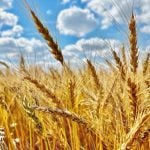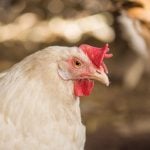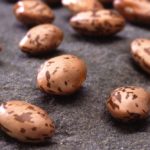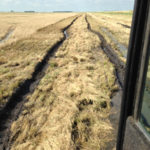Amaranth is extremely nutrient-rich. It was important to the Aztecs, and is still cultivated in South America and Mexico. It germinates easily, grows rapidly and produces huge numbers of seed. But the crop that sustained the Aztec economy famously wreaked havoc on the American cotton industry, and is now affecting corn and soybean producers in […] Read more













